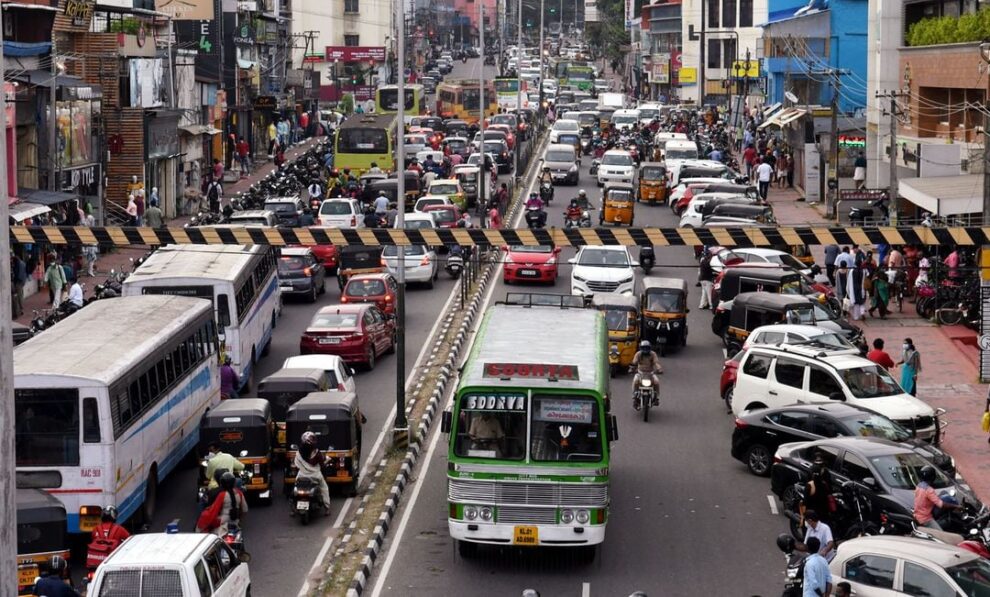‘Ambulance chasing’ and other issues in East and Central Africa make motor insurance hard work. Sheila Kirika says a traditional pooled risk system would be a steer in the right direction.
Under IFRS 4 reporting, there was an ‘odd child’ reserve: the additional unexpired risk reserve. Every company had their own interpretation of how to calculate it – and most wouldn’t talk about it unless their auditor prodded them.
However, under IFRS 17, this odd character has been recognised as an unambiguous member of the general insurance reserving family. It even has a new name: the loss component. IFRS 17 is clear on how it should be calculated – but why would we be so interested in it?
The challenges
During my career, I’ve worked with countries across sub-Saharan Africa. In most, motor insurance is consistently among the top three classes of insurance written by gross premium. The irony is that it is almost always onerous in terms of profitability, especially in East and Central Africa. Why is that the case, and what can be done about it?
Victim compensation systems are similar across this region. Third-party motor insurance is compulsory, so all road users, including pedestrians, are covered by default.
There are two main elements of motor insurance compensation – property damage and third-party injury. Property damage claims are the more predictable. The cost of spare parts has risen since the outbreak of the Russia-Ukraine war but insurers can control these costs because they deal directly with garages.
Third-party injury claims are less predictable. If a pedestrian is involved in an accident, they will most likely be approached by ‘ambulance chasers’ who will take them to hospital and pay the bill. They will convince the victim that the insurance company won’t pay fairly, so it’s better to go to court – with their assistance, of course.
The ambulance chaser will ‘help’ until the end of the legal process – getting a doctor who will likely exaggerate the victim’s injuries so they get maximum compensation (a cash lump sum), and possibly ensuring the police report is in the victim’s favour. However, there’s a catch: the compensation must be shared with the ambulance chaser, as well as the third-party lawyer with whom they work. This can be anything from 30% to 50%. As a result of this process, these claims tend to be long-tailed as well as unpredictable. This leads to several challenges:
First, victims rarely get timely and fair compensation. Even if the insurance company awards fair compensation through the court process, it has to be shared with the ambulance chaser and third-party lawyer. The victim is not the central party because they are not the insurance company’s client.
Second, motor insurers face persistent losses due to the challenge of charging adequate premium rates to cover victims. In effect, insurance companies are not just compensating victims but also lawyers and ambulance chasers. This is financially unsustainable, and unaffordable for consumers if the burden is passed on. The challenge has worsened with IFRS 17, because motor insurance losses can no longer be offset against profits in other business classes.
MVA Funds
In Southern African countries such as Botswana and Namibia, compensation is handled by a Motor Vehicle Accident Fund (MVA Fund) instead of an insurance company. The victim will have a secure number to call as soon as the accident happens and emergency response services will be on the scene within minutes. Like any organisation, the MVA Fund will have a performance scorecard, and timely and fair claims settlement forms part of its performance objectives.
Countries with an MVA Fund benefit from risk pooling. Where the fund is managed well, it is likely to be profitable. Let’s take the Namibia fund, currently solvent, as an example.
There is apparent benefit in pooling this risk, rather than having each insurance company handle it separately. The MVA Fund also has enacting legislation that defines sustainable compensation parameters. These can be summarised as follows:
- Medical rehabilitation benefits for those injured, which takes up most of the benefit and has a limit
- An injury cash grant, up to a limit
- Annuity payments for loss of income or loss of support (for dependants of the deceased).
This structure is sustainable for the MVA Fund and fair to the victim. In addition, accident victims can become productive members of society again after their rehabilitation.
In the Namibian fund, total compensation goes directly to victim(s) in most cases. This is mainly because the injury cash grant is not substantial or fault-based, reducing the motive for third-party lawyers to become middlemen between fund and victim.
Lightening the load
Given current global economic uncertainty, governments are unlikely to invest in significant projects such as MVA Funds. The Association of Kenyan Insurers has considered setting up a ‘special purpose vehicle’ motor pool to handle these claims – a brilliant idea.
Consider the Nithi Bridge accident that happened last year – a tragic incident in Kenya in which a bus veered off a bridge, killing at least 34 people and seriously injuring more than 11. Survivors of the accident and dependants of the deceased will probably still be suffering from physical, mental and emotional anguish. In a country with a well-managed MVA Fund or motor pool, it is less likely that compensation would come up as an additional headache. The burden would also be shared by all insurers, instead of one insurer, which would then more than likely report losses in that financial year.
While there was some ambiguity around the additional unexpired risk reserve under IFRS 4, IFRS 17 has no room for such ambiguity in the calculation of the loss component. Insurers in Southern Africa benefit from MVA Funds and have a better chance of writing a profitable motor book. Insurers in East and Central Africa could significantly reduce the magnitude of their loss component by working together to realise the benefits of the age-old principle of insurance – pooling.
Source : The Actuary
















